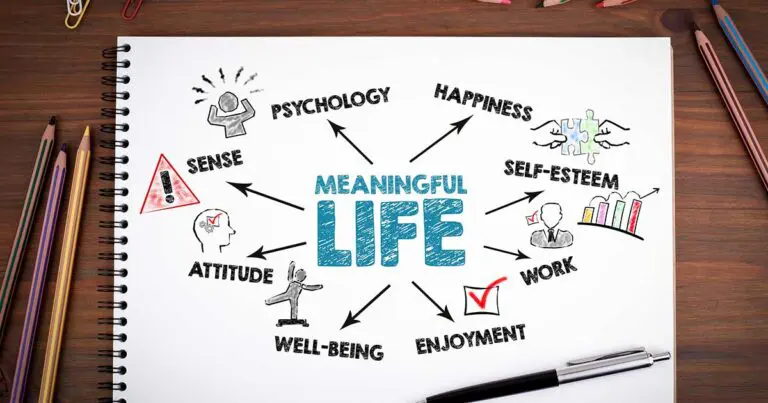How to Build Teams That Evolve With Your Business — Not Against It

With new technologies, shifting customer expectations, and ongoing market disruptions, adaptability isn’t optional—it’s essential.
Your workforce can either act as a catalyst for organizational success or as a barrier to business success.
Which is why building productive teams that evolve alongside your growth is key to staying competitive in any market climate.
Why Traditional Team Structures Fail in Modern Markets
Traditional team structures fail in modern markets because of their rigid hierarchies slowing decision making, role misalignment leading to inefficiencies, and lack of cross-functionality hampering experimentation.
Rigid Hierarchies = Slow Decision-Making
Outdated team models built on rigid hierarchies often slow decision-making models, which can hinder innovation.
In fast-paced environments, this lag creates roadblocks to progress and reduces stakeholder buy-in which is why teams need flatter structures that empower team members to act quickly and collaborate effectively.
Role Misalignment = Inefficiencies
When roles and responsibilities are unclear or outdated, teams often face duplicated efforts or unmet needs.
These inefficiencies damage team culture and weaken a shared common goal while clear performance standards reduce confusion and improve team accountability.
Regular reviews of team scope statements and responsibilities help ensure that each member contributes where they’re most effective.
Lack of Cross-Functionality = Hampered Experimentation
Teams that lack process experts, content experts, and representation from end users struggle to experiment and iterate quickly.
Building agile teams means staffing for diversity in skill sets and perspectives.
This flexibility supports training and development initiatives and opens space for continuous team development.
Signs Your Team Is (or Isn’t) Evolving With the Business
Signs Your Team is (or isn’t) evolving with the business are project stagnation, team burnout, vision misalignment, and resistance to change.
Project Stagnation
If initiatives stall or take longer than expected, your team might not be keeping up with the pace of change.
Stagnation often results from weak performance feedback systems or outdated project management systems.
By embedding feedback loops into workflows, you can spot bottlenecks early and course correct. These insights should feed directly into your training solution or employee training strategy.
Team Burnout
High workloads with little support often lead to burnout, hurting employee satisfaction and overall productivity.
Lack of downtime or appreciation—like skipped team celebrations or canceled team dinners—also contributes to disengagement.
Investing in mentorship opportunities, training programs, and wellness-based team building activities can help prevent burnout before it starts.
Vision Misalignment
Teams that don’t align with your company’s mission statement may lack clarity on purpose and priorities. Misalignment shows up in missed deadlines, conflicting goals, and siloed thinking.
Regular communication around team purpose and performance goals ensures everyone is rowing in the same direction.
When alignment is missing, even the most talented individuals can’t contribute effectively to organizational success.
Resistance to Change
Change resistance can arise when team members lack understanding, feel excluded, or fear instability.
Strong employee engagement and transparent communication help build trust, and tools like Microsoft Teams can aid collaboration and increase visibility into why changes are happening.
With the right team-building strategies, teams can shift from resisting change to driving it.
4 Staffing Strategies to Build Adaptable Teams
Staffing strategies to build adaptable teams include starting with workforce mapping, blending full-time an flexible talent, aligning talent with strategic experiments, building a bench before you need it, and prioritizing adaptability.
Start With Strategic Workforce Mapping
Understanding current capabilities versus future needs is the first step toward building adaptable teams. This includes identifying skill gaps, redundant roles, and future opportunities for team development.
Use these insights to shape both internal training programs and external hiring efforts. This process also feeds into smarter risk management and long-term hiring strategies.
Blend Full-Time and Flexible Talent
A blended staffing model lets you remain agile while managing costs. Leverage freelancers, consultants, or fractional leaders to fill short-term needs and pilot new initiatives.
Contract-to-hire arrangements allow you to evaluate cultural and role fit before full commitment. This ensures you meet your performance goals without sacrificing flexibility or employee engagement.
Align Talent With Strategic Experiments
Use short-term hiring to staff innovation sprints, pilot projects, or R&D initiatives. Building tiger teams or agile pods allows your business to test new ideas while protecting business-as-usual workflows.
Staffing these initiatives with diverse skill sets—including content experts, end users, and process experts—enhances learning and execution. Supporting these teams with appropriate learning content and training and development ensures long-term value.
Build a Bench Before You Need It
Working with a staffing partner helps you stay ahead of market shifts and hiring needs. By nurturing relationships with passive candidates, you can avoid last-minute hiring scrambles.
Keep a pulse on industry trends and talent availability to ensure your pipeline is strong. This proactive approach supports employee satisfaction, team culture, and smoother transitions during growth or disruption.
Prioritize Adaptability
Instead of filling fixed roles, build around competencies like problem-solving, creativity, and change tolerance. Seek individuals who thrive in fast-moving environments and embrace ambiguity.
Regular team re-orgs, skills audits, and internal mobility programs help teams continuously evolve. Integrating feedback loops and clear ground rules for communication and performance promotes ownership and accountability.
Steps to Building an Effective Team
Team building isn’t a one-time event—it’s a continuous process. To keep pace with change, your talent strategy must be flexible, inclusive, and intentional.
From investing in employee training to promoting collaborative team environments, every decision should support agility.
Strong team dynamics rooted in shared goals, clear roles, and trust will always outperform rigid, outdated models.
Looking to hire top-tier Tech, Digital Marketing, or Creative Talent? We can help.
Every year, Mondo helps to fill thousands of open positions nationwide.
More Reading…
- AI and Automation Trends: Planning for Q4 Changes & Challenges
- Why Speed-to-Execution Will Define the Next Generation of High-Performing Teams
- Why Mid-Market Companies Are the New Innovation Powerhouses
- 4 Proven Ways to Quickly Staff Event Teams
- Placing vs. Replacing: Why the Distinction Matters in Hiring
- Beyond the Buzzwords: What Real AI Transformation Actually Takes
- Fractional Transformation Leadership: The Secret Weapon for AI-Ready Teams
- How to Staff for AI When Your Exec Team Can’t Agree on a Strategy
- Building an Internal-External Workforce for Sustainable AI Initiatives
- Staffing After the Consulting Spend: Why Companies Are Reaching for Mondo
- What Enterprise Consulting Spend Reveals About the Future of Hiring



